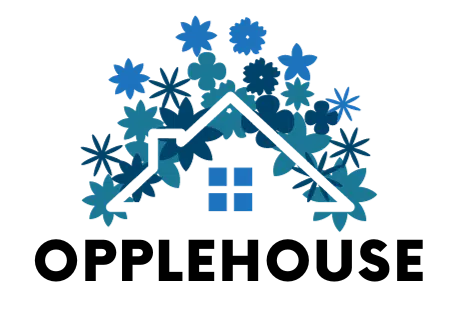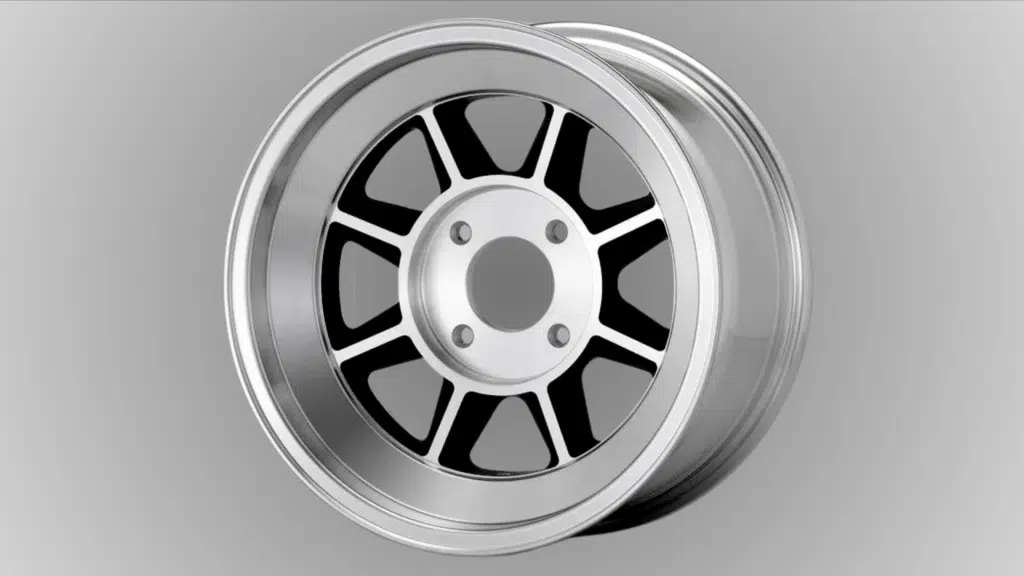The 4×114.3 bolt pattern is a wheel measurement that shows how many bolts hold your wheel to the car.
The “4” means there are 4 bolts, while “114.3” tells us the circle size these bolts make in millimeters.
Many car brands use this setup, and it’s pretty common in Japanese cars like Honda and Nissan.
I’ve worked on lots of cars with this bolt pattern. Knowing these numbers is good when you want to buy new wheels.
Trust me, getting the wrong size is a headache! This bolt pattern has existed for years and works well for many everyday cars.
Understanding 4×114.3 Bolt Pattern & its Measurements
I’ll explain this in simple terms. The 4×114.3 bolt pattern has two key numbers.
When I look at wheels, I see that “4” shows the number of bolt holes in the wheel.
The “114.3” is the diameter I measure across the center of these holes in millimeters.
When I need to check this, I measure from the center of one bolt hole to the center of the hole directly across from it.
Think of it like connecting dots to make a circle – the 114.3mm is how wide that circle is.
I find this measurement crucial when picking new wheels.
What Factors to Consider When Selecting Wheels
Wheel Material and Strength
I’ve seen many wheel types in my work. The most basic ones are steel wheels – they’re tough and cheap but heavy.
When I want better performance, I pick aluminum alloy wheels. They weigh less and help my car handle better.
Carbon fiber wheels are super light, but I rarely use them because they cost too much.
The key is matching the wheel strength to your car’s weight.
I make sure my wheels can handle my car’s weight, plus extra load from bumps and turns.
Compatibility with Vehicle Type
I always check my car’s manual before buying wheels.
The right wheel size matters – too big or too small can mess up my speedometer and handling.
Beyond the bolt pattern, I look at the wheel’s width and offset. These numbers are stamped on my current wheels.
I write these down and match them when shopping. My car’s maker lists the sizes that fit safely.
I don’t guess that one wrong measurement can make my wheels rub against brake parts or not fit at all.
How to Install Wheels
Tools required
- Jack rated for my car’s weight
- Jack stands for safety backup
- Lug wrench or socket set
- Torque wrench
- Wire brush for cleaning
- Breaker bar for tough lug nuts
- Wheel chocks
- Safety glasses
- Work gloves
- Rubber mallet
Steps for installation
I start by parking on flat ground and using the parking brake.
First, I loosen the lug nuts while the wheel’s still on the ground. Then, I jack up the car at the right spot under the frame.
After removing the old wheel, I clean the hub surface.
Next, I put the new wheel on, hand-tightened the lug nuts in a star pattern, and lowered the car.
Finally, I use my torque wrench to tighten everything properly.
I always double-check my work before driving.
Common Mistakes to Avoid During Installation
Incorrect Torque Settings
I’ve learned that wrong torque settings can ruin wheels. Too tight can stretch the studs, and they might break.
Too loose means my wheel could fall off while driving. I always use my torque wrench and follow my car’s manual.
Most cars need between 80-100 foot-pounds of torque. I tighten in a star pattern and check the torque twice.
After driving 50 miles, I check again to make sure nothing’s loose.
Mismatching Wheel and Hub Sizes
I checked three main things: the center bore (hole in the middle of the wheel), bolt pattern, and offset.
My wheel’s center hole must fit my car’s hub exactly. I use calipers to measure both parts.
If the center bore is too small, my wheel won’t fit. If it’s too big, my wheel won’t center properly.
I keep my old wheel nearby to compare measurements when installing new ones.
Applications of the 4×114.3 Bolt Pattern in Different Vehicles

Sports Cars
I’ve worked on many sports cars that use this bolt pattern.
The Nissan 240SX is a perfect example, and I often see it in drift builds.
The Honda Prelude and Toyota Celica also use this setup.
I like how these cars handle this pattern because it gives good weight support during hard cornering.
When I tune these cars, the 4×114.3 pattern lets me fit wider wheels for better grip.
The bolt spacing works well with the power these cars put down to the ground.
Compact and Midsize Cars
In my experience with compact cars like the Honda Civic and Nissan Sentra, this bolt pattern makes sense.
I notice it helps keep the car stable during quick turns.
When I work on these cars, I can easily find wheels that fit because so many manufacturers make this size.
The pattern works well with the lighter weight of these cars.
I often tell my customers they’ll have no trouble finding replacement wheels when they need them.
Benefits of the 4×114.3 Bolt Pattern
Improved Stability and Handling
I’ve tested many cars with this bolt pattern, and the stability stands out.
The way the bolts are spaced helps spread the load evenly. When I take corners fast, the wheels stay firmly in place.
The 114.3mm circle gives enough space between bolts to handle side forces well. I notice less wheel flex compared to patterns with fewer bolts.
This means better feedback through the steering wheel and more confidence in corners.
Aesthetic Advantages
I see many wheel options for this pattern in my shop. The 4-bolt layout looks clean and simple.
I can fit anything from small street wheels to wide racing ones. My customers like how the pattern works with different wheel designs.
The spacing lets wheel makers create strong but light designs.
I’ve installed everything from basic steel wheels to custom alloys. They all look good with this setup.
List of Vehicles Using 4×114.3 Bolt Pattern
| Brand | Models |
|---|---|
| Honda | Civic (1985-2000), Prelude, Del Sol, CRX |
| Nissan | 240SX, Sentra, NX1600/2000, Altima (1993-2001) |
| Toyota | Celica, Corolla (pre-2003), MR2 |
| Mitsubishi | Eclipse (1st-2nd gen), Mirage, Lancer |
| Mazda | MX-3, Protege, 323 |
| Hyundai | Elantra (1992-2000), Accent (1995-2005) |
| Kia | Sephia, Spectra (2000-2004) |
Conclusion
After working with wheels for years, I can say the 4×114.3 bolt pattern offers what most car owners need.
You now know what the numbers mean, how to measure them, and which cars use this pattern.
You’ve learned about proper installation steps and common mistakes to avoid.
The pattern works great for both daily drivers and sports cars, plus you get many wheel options to choose from.
Whether you’re replacing old wheels or upgrading to new ones, you have all the key information to make a smart choice.
Just remember to follow the torque specs and installation steps carefully.


